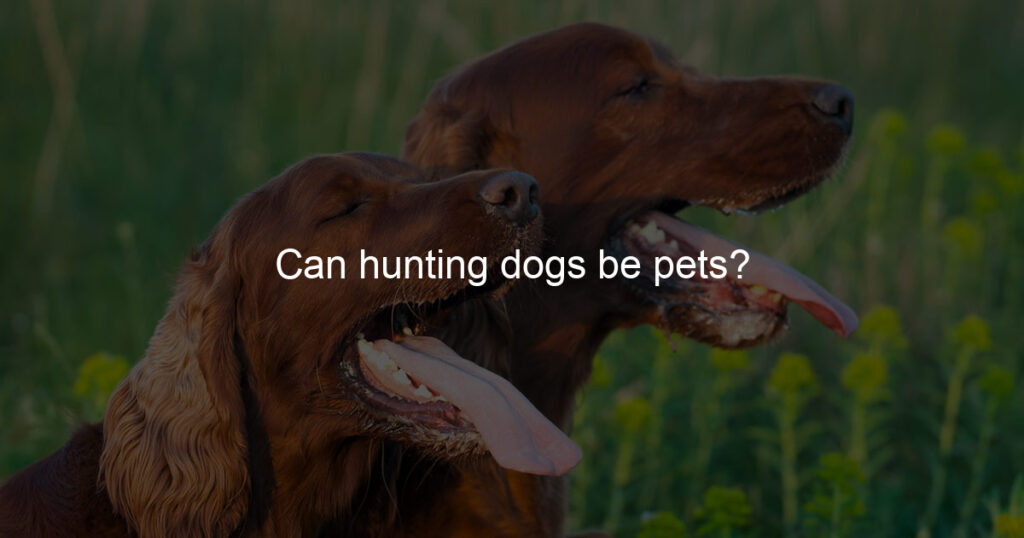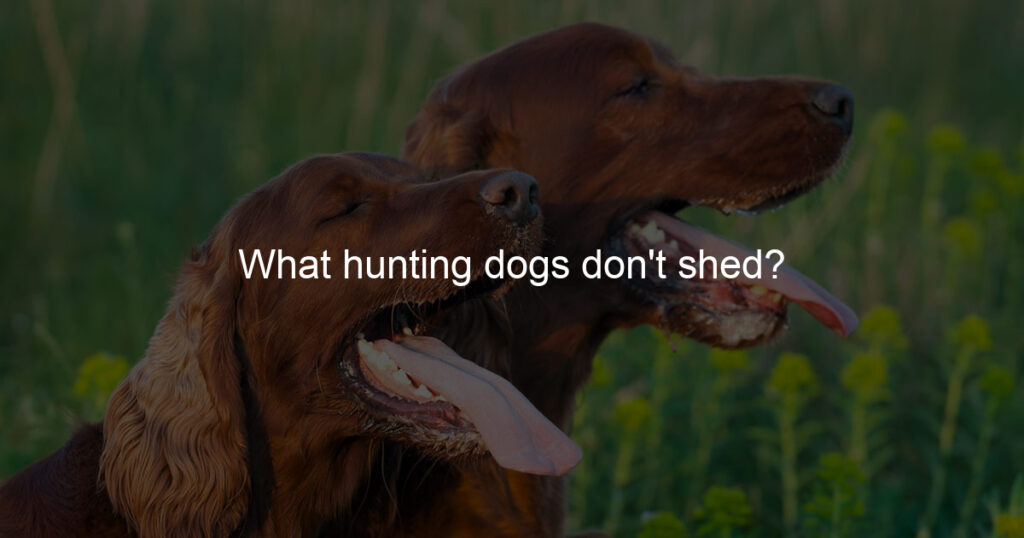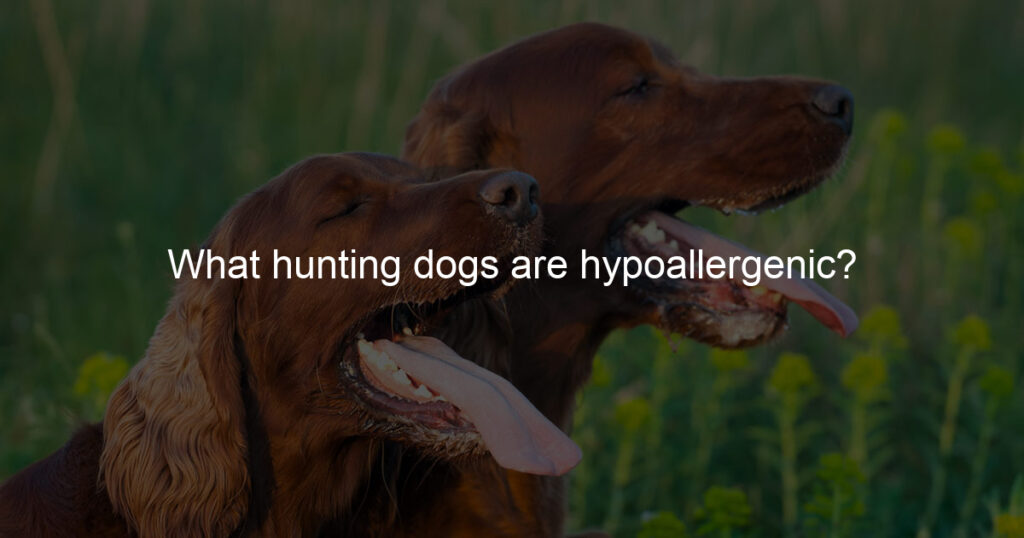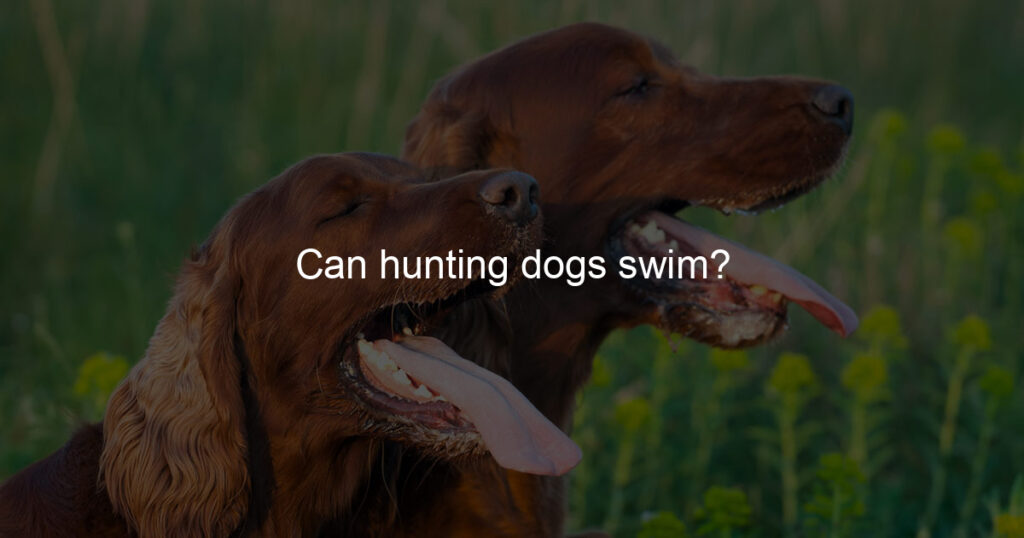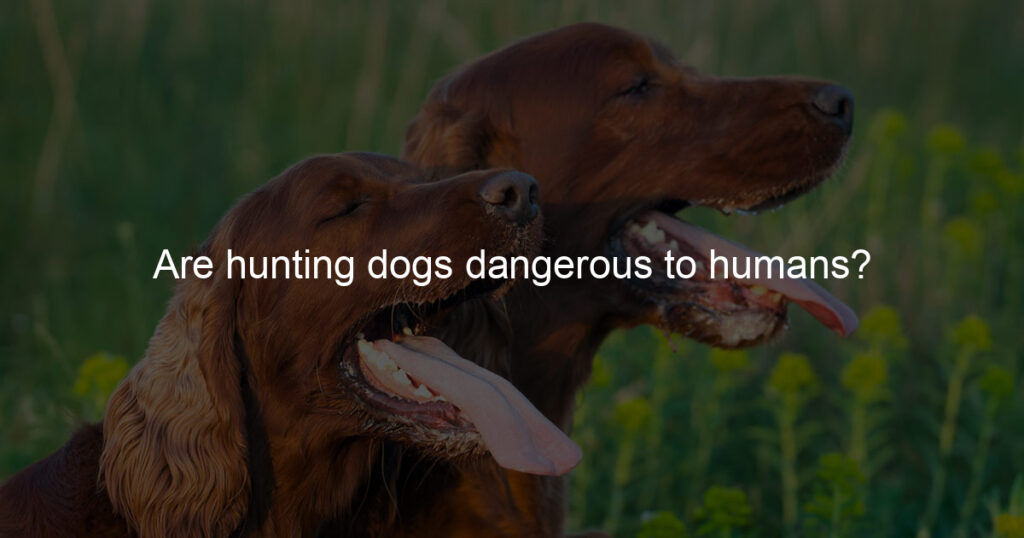Do you ever wonder what happens inside the mind of your hunting dog? We know that they possess incredible skills and a great deal of intelligence, but have you ever wondered about their behavior when on the hunt?
Displacement behavior is an interesting topic as it provides insight into how dogs process emotions and conflict. In this blog post, we’ll discuss displacement behavior in hunting dogs, exploring why it occurs and its implications for understanding canine cognition.
What are common displacement behaviors in dogs?
Displacement behaviors in dogs can be an indication that they are feeling stressed, anxious, or insecure. Commonly observed examples of these behaviors include lip-licking, yawning, sniffing the ground, crying, and seeking out secluded spots.
They can also become destructive – chewing household items, barking continuously or excessively, urinating indoors – all of which could be a sign that your pup needs more exercise or something to help them manage their internal emotional state.
Understanding these displacement behaviors in your dog can improve your relationship with them and help make sure they are feeling safe and secure at all times.
What causes displacement Behaviour in dogs?
Displacement behavior in dogs is concerning for pet owners as it often reflects underlying issues that need to be addressed. This type of behavior is usually caused as a result of a conflict between two different motivations or drives, such as an instinctive one and the dog’s expectation of what is socially acceptable.
For example, if the dog sees a cat across the street, it may have a strong urge to chase it but recognize this may lead to punishment from its owner, so it instead responds with displacement behaviors such as cowering or facial licking.
Additional causes of displacement behavior can include anxiety or overwhelming environmental stimulus which can result in confused and unfocused behaviors including lip licking and yawning. In all cases, pinpointing the triggers and using positive reinforcement-based training are key steps toward helping our furry friends with their issues.
What is displacement behavior in animals?
Displacement behavior in animals is an interesting subject of study for any animal lover. It occurs when an animal experiences a feeling of distress or uncertainty and utilizes an action, such as grooming or stretching, to dissipate the uncomfortable emotions.
This behavior can be seen frequently in domesticated animals, such as dogs and cats, when they use displacement before making a difficult choice they are uncertain of. Additionally, displacement can be used by social creatures when conflict arises during times of stress or competition for food.
Ultimately, it is fascinating to see how different species adapt their own forms of coping mechanisms to better handle uncertain situations and work on resolving them in a healthier manner.
What is avoidance or displacement behavior in dogs?
Avoidance or displacement behavior in dogs is a form of communication between dogs, and their owners. The behavior includes lip licking, muzzle wiping, yawning, stiff body language, and seeking out attention.
When faced with an uncomfortable situation, a dog may exhibit avoidance behaviors as a way to distance themselves from it – this is known as a displacement behavior. It’s important to note that some of these behaviors can also be completely normal and not necessarily indicative of specific stress, such as playing with a toy if they become bored while waiting for their owner.
Although avoidance or displacement behavior in dogs can be alarming at times, learning the proper response can help you address the underlying problem and provide your pet with comfort.
What is displaced aggression in a dog?
Displaced aggression is an important behavior to understand when it comes to having a dog. It is a stress-induced reaction in which dogs express angry or aggressive behavior at an unrelated target instead of the source of their anxiety.
An example of this is when a dog who is afraid of noises barks furiously at a person walking by with loud footsteps. It can also manifest itself as destruction or other forms of irritation such as incessant barking, growling, and jumping up.
Though uncomfortable to witness, understanding what’s causing the displaced aggression can help pet owners reassess their own behavior and find out how best to approach their pet’s stressors in order to mitigate these episodes. Depending on the severity and/or frequency, seeking professional help from a certified trainer or veterinarian may be needed.
Wrapping Up
Displacement behavior can occur in many situations and with varying levels of intensity for different reasons. Hunting dogs are no exception – this behavior also appears in them, perhaps due to the pressures of their job or the excitement of the hunt.
No matter why it presents itself, however, it is important to be aware of displacement behavior, train your hunting dog effectively to handle whatever triggers they may find during a hunt, and supply them with plenty of love and attention afterward.
After all, our four-legged hunting buddies deserve all the care we can possibly give them! So regardless of whether you’re a casual dog owner or an avid hunter coming home from a long day in the wild, always remember that your canine companion needs recognition for their hard work – even if it means sometimes acting out some rather strange behavior. Your appreciation will surely make all the difference!



